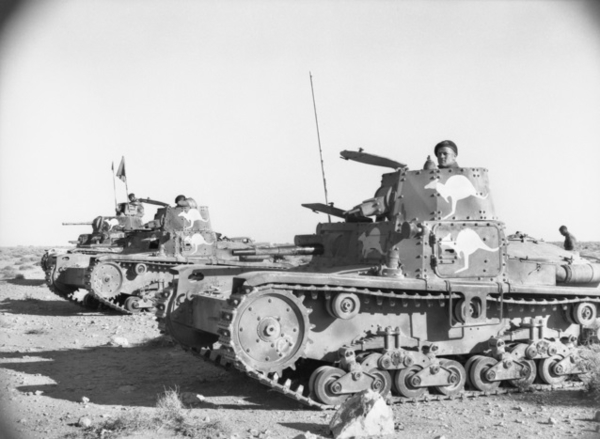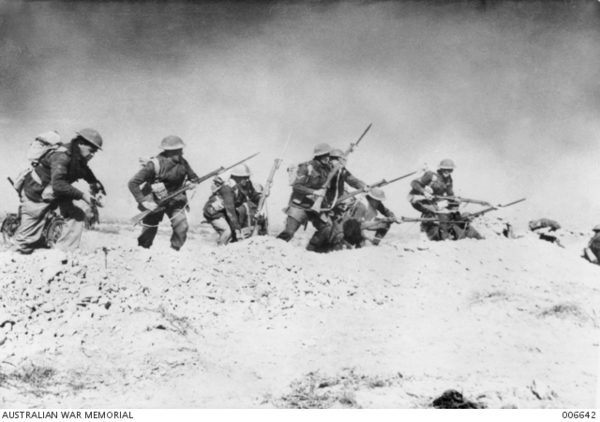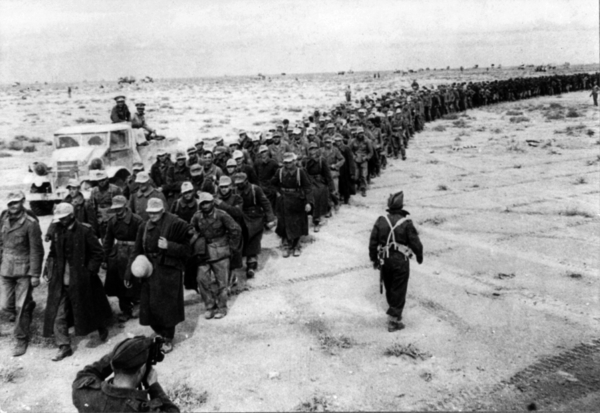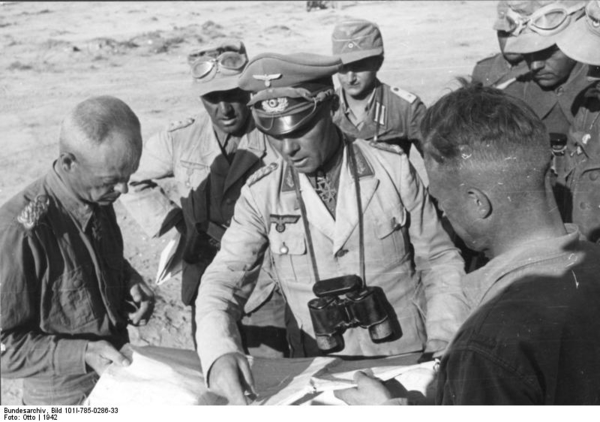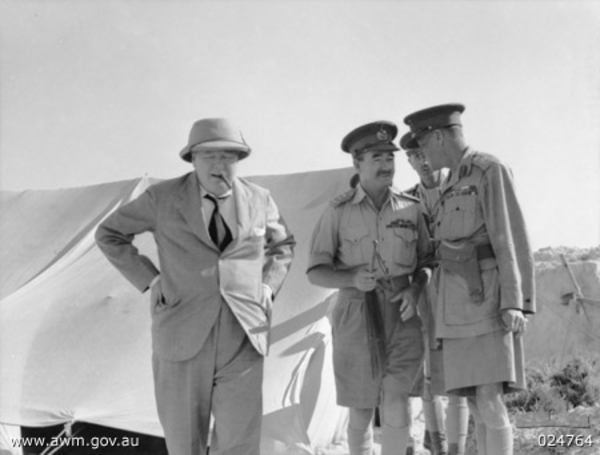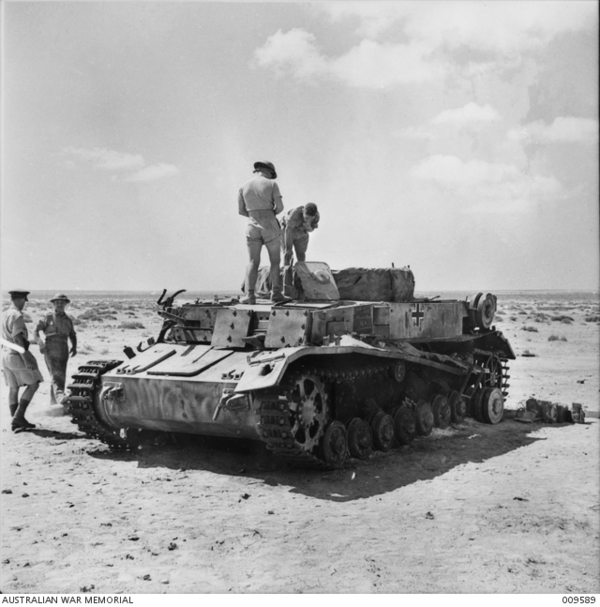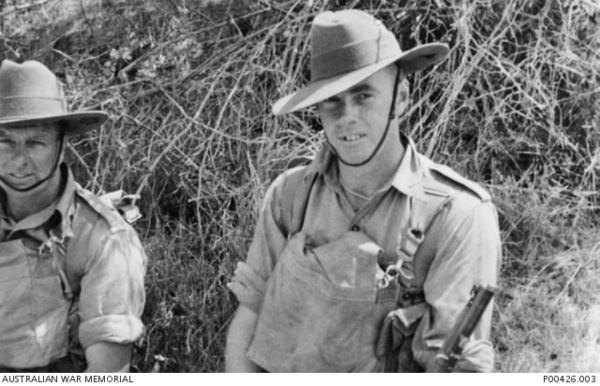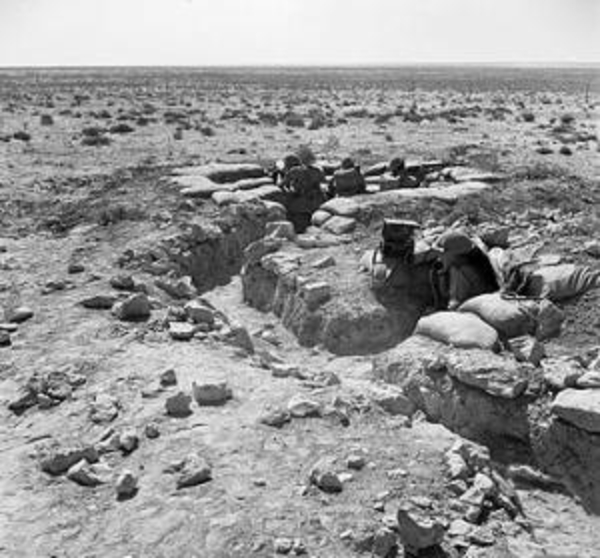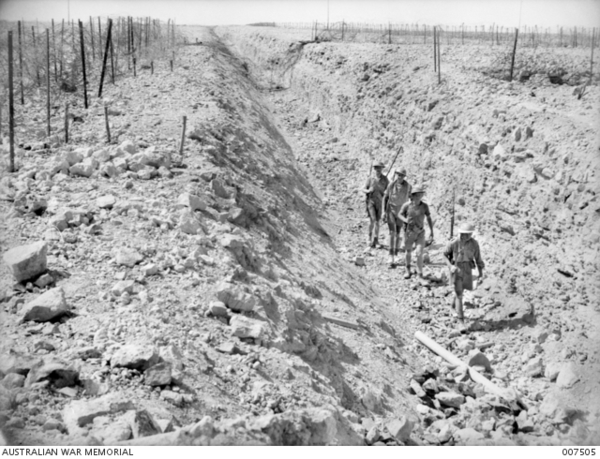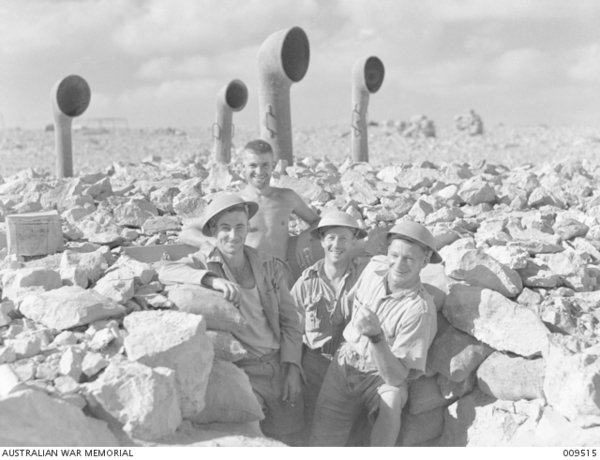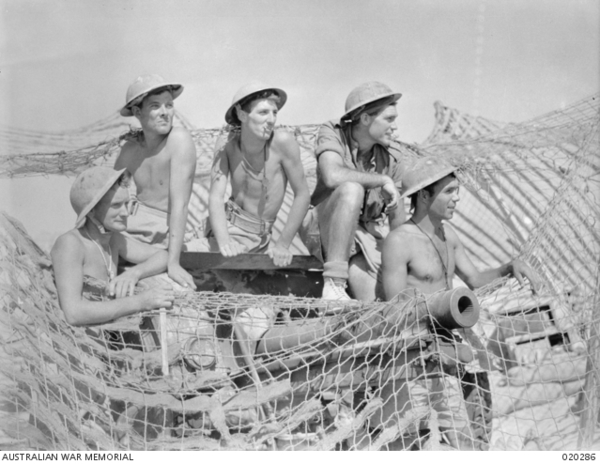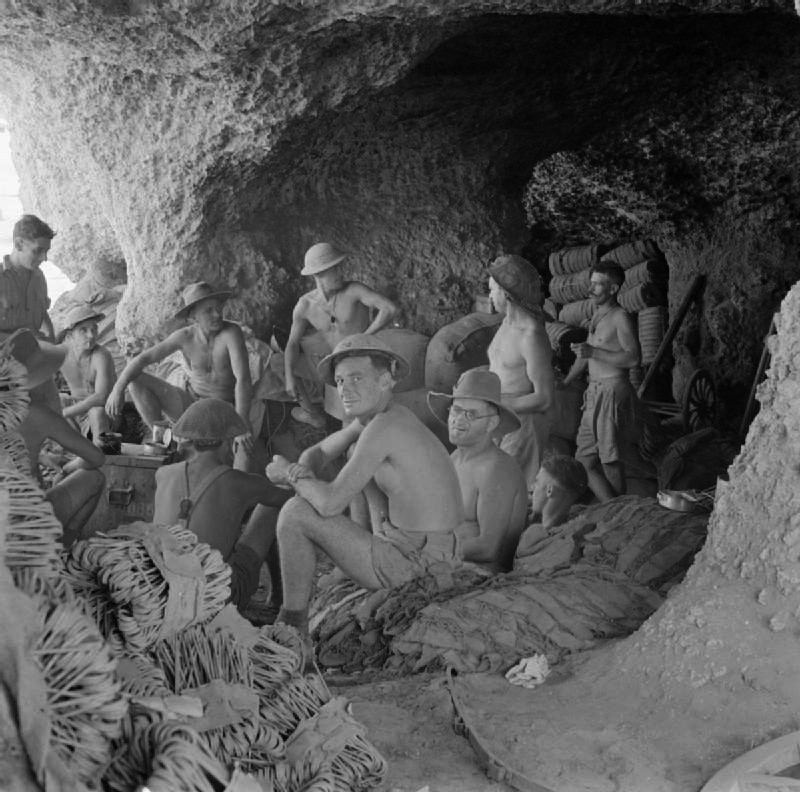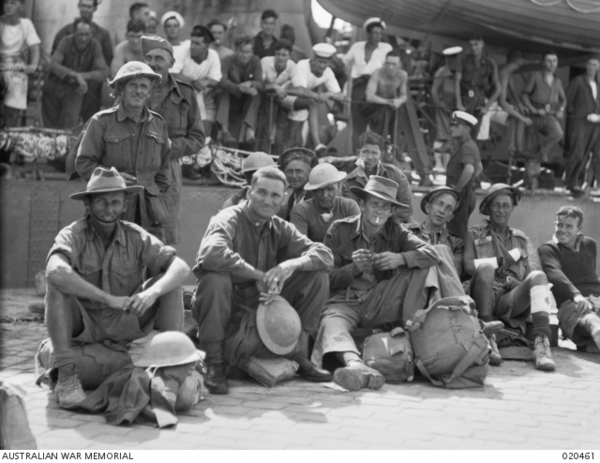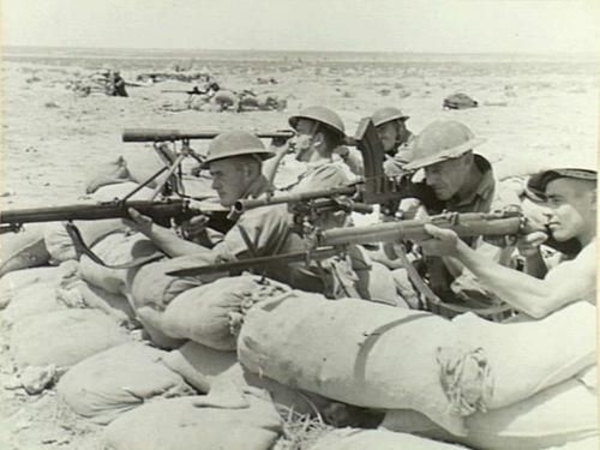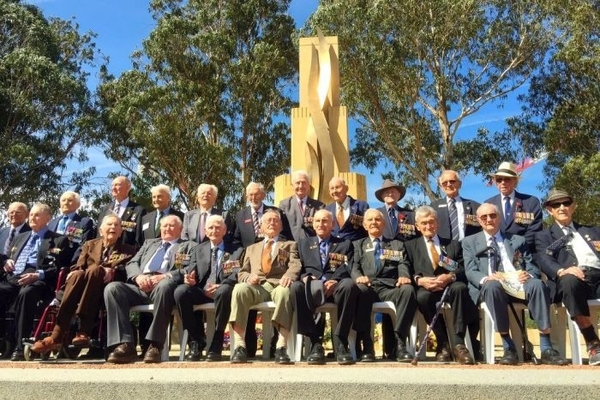Between April and August 1941, around 14,000 Australian soldiers were besieged in Tobruk by a German–Italian army commanded by General Erwin Rommel. The garrison, commanded by Lieutenant General Leslie Morshead, consisted of the 9th Division (20th, 24th, and 26th Brigades), the 18th Brigade of the 7th Division, along with four regiments of British artillery and some Indian troops. These troops would become known as the Rats of Tobruk.
To continue reading the rest of this article, please log in.
Create free account to get unlimited news articles and more!
It was vital for the Allies' defence of Egypt and the Suez Canal to hold the town with its harbour, as this forced the enemy to bring most of their supplies overland from the port of Tripoli, across 1500 km of desert, as well as diverting troops from their advance. Tobruk was subject to repeated ground assaults and almost constant shelling and bombing. The Nazi propagandist Lord Haw-Haw (William Joyce) derided the tenacious defenders as 'rats', a term that the Australian soldiers embraced as an ironic compliment.
The Royal Navy and the Royal Australian Navy provided the garrison's link to the outside world, the so-called 'Tobruk ferry'. These ships included the Australian destroyers Napier, Nizam, Stuart, Vendetta and Voyager. Losses comprised two destroyers, including HMAS Waterhen, three sloops, including HMAS Parramatta, and 21 smaller vessels.
Half the Australian garrison was relieved in August, the rest in September-October. However, 2/13 Battalion could not be evacuated and was still there when the siege was lifted on 10 December, the only unit present for the entire siege.
Australian casualties from the 9th Division from 8 April to 25 October numbered 749 killed, 1,996 wounded and 604 prisoners. The total losses in the 9th Division and attached troops from 1 March to 15 December amounted to 832 killed, 2,177 wounded and 941 prisoners.
Source: Barton Maughan, Tobruk and El Alamein, Australia in the war of 1939–1945, vol 3, Australian War Memorial, Canberra, 1966 (statistics page 401).

 Login
Login



